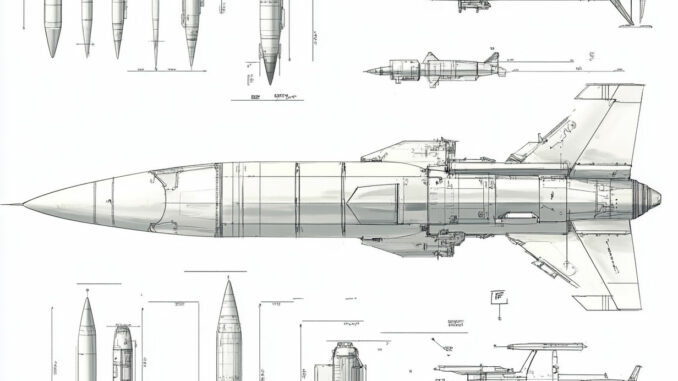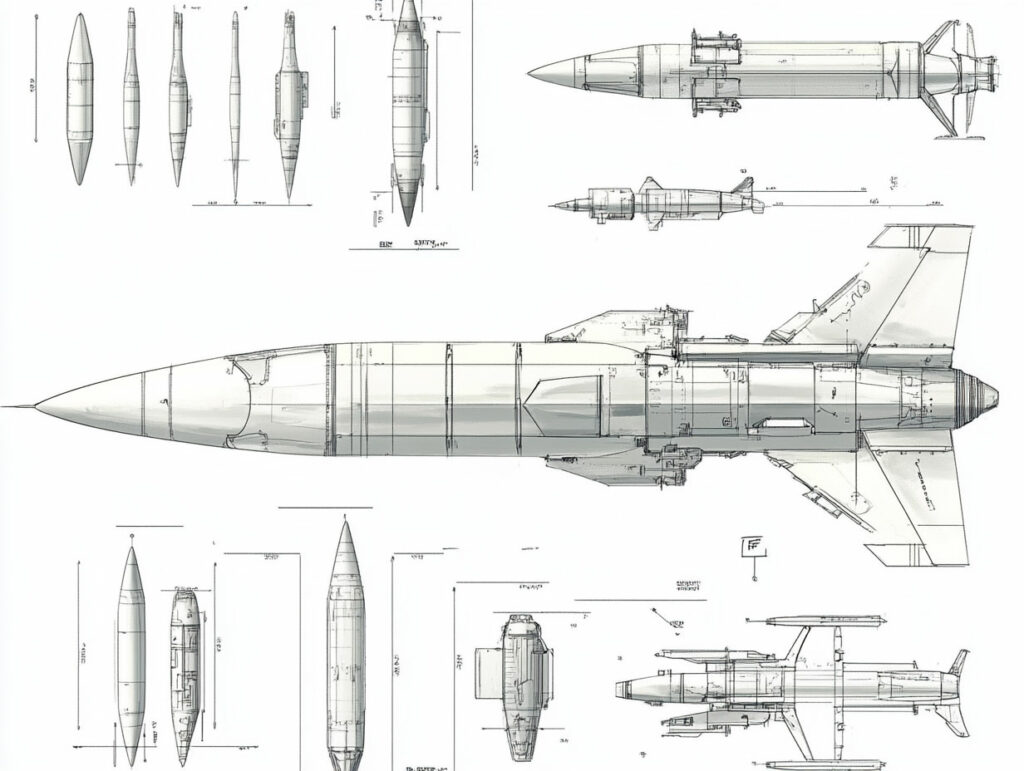
North Korea accelerates the production of kamikaze drones, strengthening its military cooperation with Russia and its global strategic impact.
North Korea has announced the mass production of kamikaze drones, following trials carried out under the supervision of Kim Jong Un. These drones, inspired by Israeli and Russian models, could play a major strategic role in the conflict in Ukraine, where Pyongyang actively supports Moscow. In exchange, North Korea would benefit from advanced military technologies. This development is part of an intensification of military cooperation between the two countries, marked by exchanges of equipment, training and a mutual defense pact.
Mass production of kamikaze drones in North Korea
North Korea has taken a new step in its military development by launching large-scale production of kamikaze drones. These devices, also known as prowling munitions, offer precise attack capability while remaining inexpensive. According to statements by Kim Jong Un, these drones, manufactured by the Unmanned Aerial Technology Complex (UATC), are capable of carrying out strikes on land and sea targets.
Recent tests near Pyongyang’s international airport demonstrated their effectiveness on a variety of targets, including a burning BMW or a disabled T-34 tank. The project is based on designs inspired by Israeli drones such as the Harop or the Russian Lancet series, capable of flying on predefined trajectories thanks to rudimentary artificial intelligence technologies.
Cost and production: the estimated manufacturing cost of a kamikaze drone is less than €15,000, far less than a conventional guided missile, facilitating mass production.
Strategic implications: military support for Russia
Since the start of the conflict in Ukraine, North Korea has reinforced its role as an arms supplier to Russia. To date, Pyongyang has delivered over 8 million 122mm and 152mm shells, as well as KN-23 ballistic missiles and Bulsae-4 anti-tank rockets. The introduction of North Korean kamikaze drones onto the Ukrainian battlefield could diversify Russia’s offensive capabilities, particularly for targeting critical infrastructure.
In return, North Korea would benefit from advanced technologies, notably in drone and munitions production. Reports also indicate that North Korean soldiers are being trained in Russia in the use of combat and reconnaissance drones, with potential applications in future regional conflicts, notably on the Korean peninsula.

Drones for local and regional conflicts
Prowling munitions, like those produced in North Korea, would be particularly effective in localized conflict. For example, they could target fixed installations in South Korea or in the Demilitarized Zone (DMZ) with greater precision.
Models inspired by the Israeli Harop can reach ranges of 1,000 km, enabling Pyongyang to target military bases or critical infrastructure without directly engaging its air force.
The development of these drones reflects a global trend: the rise of autonomous capabilities in modern conflicts. Their low cost, combined with their effectiveness, make these technologies accessible even to nations with limited military budgets.
The rise of Russian-North Korean military cooperation
In parallel with drone production, North Korea and Russia have signed a mutual defense pact, formalizing their commitment to support each other militarily in the event of an attack. This pact could include increased collaboration on military technologies, notably in the production of UAVs and weapons systems.
There is evidence that Russia has helped North Korea build a large-scale UAV factory near Panghyon air base. The aim of this collaboration is to increase local production and modernize the capabilities of the North Korean army, which is still largely equipped with obsolete equipment.
Training: North Korean soldiers trained in Russia are developing skills that could be integrated into future conflicts, making the North Korean army more versatile and better prepared.
These developments illustrate a worrying escalation of militarization in the region. By combining local production with Russian assistance, Pyongyang is significantly increasing its offensive capabilities. If North Korean-produced drones were to be deployed in Ukraine, this would further heighten international tensions and complicate diplomatic efforts to resolve the conflict.
In Asia, the proliferation of kamikaze drones could prompt other countries in the region, such as South Korea and Japan, to step up their own autonomous weapons programs, fuelling a technological arms race.
War Wings Daily is an independant magazine.